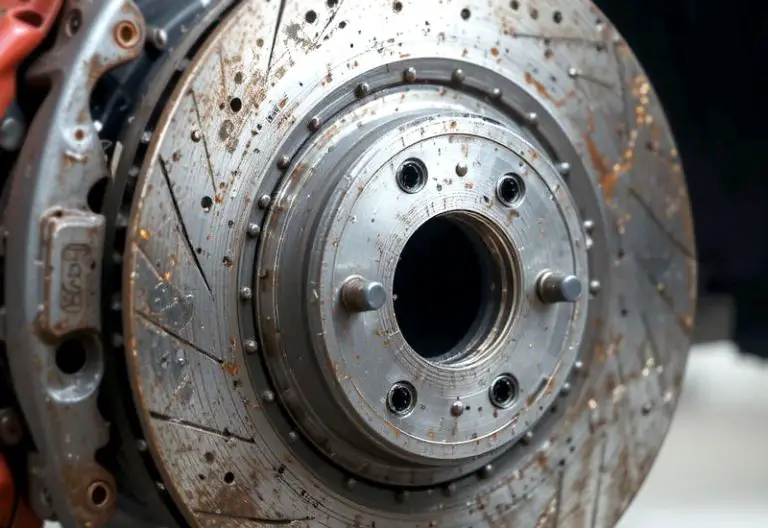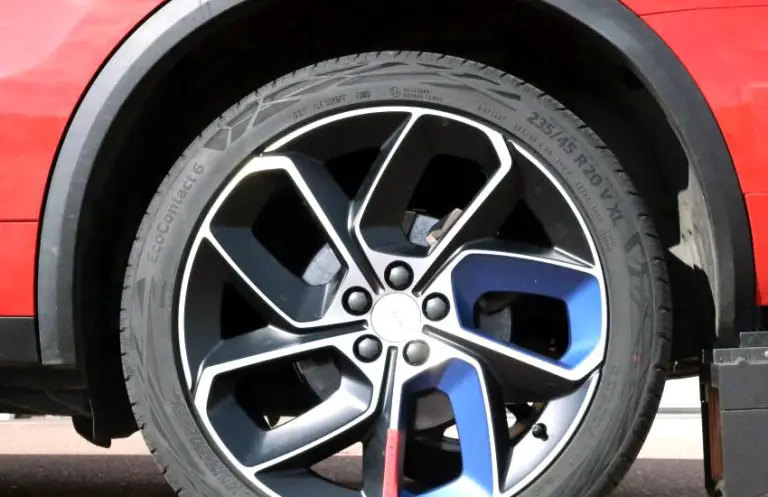Yes, brake lights do not function when the car is turned off. When the car is not running, the electrical system, including the brake lights, is not powered.
This means that the brake lights will not illuminate when the car is turned off. However, when the car is turned on, the brake lights will function as intended when the brake pedal is pressed, signaling to other drivers that the vehicle is slowing down or stopping.
It is important for drivers to ensure that their brake lights are working properly to maintain road safety. We will explore the function of brake lights, why they are essential for vehicle safety, and how to troubleshoot and maintain them for optimal performance.

Credit: www.ebay.com
Do Brake Lights Work When The Car Is Turned Off?
Do Brake Lights Work When the Car is Turned Off?
Facts About Brake Lights
Brake lights are crucial safety features on vehicles.
Brake Light System Overview
- The brake light system consists of bulbs, wiring, and a switch.
- When you press the brake pedal, the switch activates the lights.
Power Source For Brake Lights
In most vehicles, the brake lights are powered by the car’s battery.

Credit: knowyourvw.com
Reasons For Brake Lights Not Working When The Car Is Turned Off
Exploring the reasons for brake lights not working when the car is turned off is crucial for vehicle safety and functionality.
Ignition Switch Position
brake lights may not function when the car is turned off due to the ignition switch position.
Faulty Brake Light Switch
a common cause of brake lights not working when the car is turned off is a faulty brake light switch.
Wiring Issues
wiring issues within the vehicle can also lead to brake lights not functioning when the car is turned off.
Safety Implications
Brake lights generally don’t function when the car is turned off, impacting safety. This could lead to potential hazards for other road users due to the lack of signaling. It’s crucial to ensure proper functioning of brake lights to prevent accidents and maintain road safety.
Visibility Concerns
One important question that arises regarding brake lights is whether they function when the car is turned off. This has significant safety implications for both drivers and pedestrians. When brake lights are not operational while the car is turned off, it can lead to visibility concerns, especially in low light conditions or when parked in a poorly lit area.
In situations where brake lights fail to function when the car is turned off, it becomes difficult for other road users to identify if the vehicle is parked or if there is a potential hazard. This lack of visibility can increase the risk of accidents or collisions as other drivers may not be aware of the car’s presence and may not take appropriate precautions.
Potential Risk For Rear-end Collisions
When brake lights do not work when the car is turned off, it poses a potential risk for rear-end collisions. Rear-end collisions occur when a vehicle crashes into the back of another vehicle, typically due to the driver not noticing that the vehicle in front has stopped or slowed down.
In situations where a car’s brake lights do not function while it is turned off, it can confuse drivers behind the vehicle. Without the visual cue of brake lights, other drivers may assume that the vehicle is in motion, potentially leading to a rear-end collision if they fail to react in time when the car does not move. This can result in property damage, injuries, or even fatalities.
Solutions To Ensure Brake Lights Function When The Car Is Turned Off
Keeping your brake lights functional when the car is turned off is crucial for safety and compliance. Not only does it enhance visibility for other drivers, but it also helps prevent accidents. Here are some solutions to ensure your brake lights function properly, even when the car is turned off.
Checking The Ignition Switch Position
One of the first steps to ensuring your brake lights function when the car is turned off is checking the ignition switch position. The ignition switch should be in the ‘off’ position when conducting this check. If there are any inconsistencies with the ignition switch, it may lead to malfunctioning brake lights.
Testing And Replacing The Brake Light Switch
Another crucial aspect is to test and if necessary, replace the brake light switch. This switch is responsible for activating the brake lights, and a malfunctioning switch can cause the lights to not function when the car is turned off. Testing and replacing the brake light switch can ensure proper functionality.
Inspecting And Repairing Wiring
Inspecting and repairing the wiring is also essential to ensure the proper functioning of brake lights when the car is turned off. Any damaged or faulty wiring can cause the brake lights to malfunction. By conducting a thorough inspection and repairing any faulty wiring, you can ensure the uninterrupted functionality of your brake lights.
Legal Requirements And Regulations
When it comes to road safety, brake lights play a crucial role in indicating a vehicle’s movement and alerting other drivers. To ensure compliance with legal requirements and regulations, it’s essential to understand how brake lights function when the car is turned off. In this section, we’ll delve into the traffic laws surrounding brake light functionality and the penalties for non-functional brake lights.
Traffic Laws And Brake Light Functionality
Traffic laws mandate that vehicles must have functioning brake lights to effectively communicate braking intentions. Brake lights are designed to illuminate whenever the brake pedal is pressed, regardless of whether the car is turned on or off. This is a crucial aspect of road safety as it informs other drivers of a vehicle’s deceleration. It’s important for drivers to regularly inspect and maintain their brake lights to ensure compliance with traffic laws and promote safe driving practices.
Penalties For Non-functional Brake Lights
When brake lights are non-functional, drivers can face penalties such as fines or citations. Non-operational brake lights not only violate traffic regulations but also pose a significant safety hazard on the road. Routine inspection of brake lights and prompt replacement of malfunctioning bulbs or components are essential to avoid penalties and contribute to overall road safety.

Credit: www.amazon.com
Tips For Maintaining Brake Light Functionality
Proper functioning brake lights are crucial for safe driving, as they alert other drivers to your intentions on the road. Regular inspections and necessary maintenance can help ensure that your brake lights are working effectively. In this section, we will discuss a few tips for maintaining brake light functionality.
Regular Brake Light Inspections
Regular inspections of your brake lights can help detect any issues early on and prevent potential accidents. Here are some steps you can follow:
- Start by parking your car on a level surface and engaging the parking brake for safety.
- Turn on the car’s ignition without starting the engine.
- Activate the brake pedal by pressing it gently and check if all the brake lights illuminate.
- If any of the brake lights are not working, it may be due to a blown bulb or a wiring issue. Proceed to the next section for instructions on replacing bulbs.
- Additionally, make sure to inspect the brake light lenses for any cracks or damage, as this can affect the overall functionality.
Replacing Bulbs When Needed
If you notice that one or more of your brake lights are not functioning, it is essential to replace the bulbs promptly. Here’s what you can do:
- Consult your car’s manual to determine the specific type of bulb required for your brake lights.
- Purchase the appropriate replacement bulb from an authorized dealer or auto parts store.
- Ensure that the car’s ignition is turned off before attempting to replace the bulb.
- Access the brake light housing by removing the screws or clips holding it in place.
- Gently remove the old bulb by twisting it counterclockwise and replace it with the new one.
- Secure the housing back in place and test the brake lights to confirm if they are working properly.
By regularly inspecting your brake lights and replacing any faulty bulbs, you can help maintain their functionality and ensure safety on the road. Remember, maintaining working brake lights is not only a legal requirement but also a vital aspect of responsible driving.
Common Misconceptions About Brake Lights
Many drivers hold beliefs about brake lights that are not entirely accurate. Let’s delve into two common misconceptions regarding this vital safety feature.
Assuming Brake Lights Are Always On
Brake lights are not continuously illuminated and only activate when the brake pedal is pressed. This misconception can lead to confusion among drivers and pedestrians.
Believing Brake Lights Are Independent Of The Ignition
Some individuals think that brake lights operate independently of the car’s ignition status. In reality, brake lights require the car to be powered on for them to function properly.
Conclusion
To sum up, brake lights do not function when the car is turned off because they rely on electrical power from the car’s battery. This is an important safety feature to alert other drivers when we are slowing down or coming to a stop.
Remember to always switch off your engine and engage the handbrake to prevent any accidental movement or drain on your battery. Stay safe on the road!


